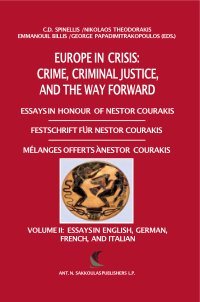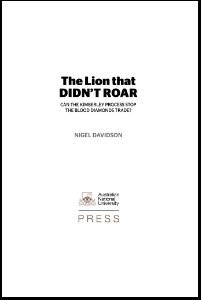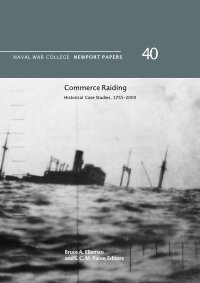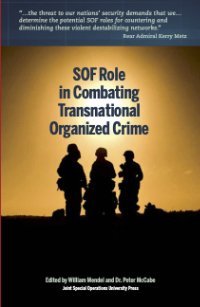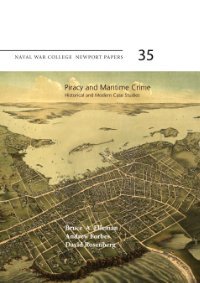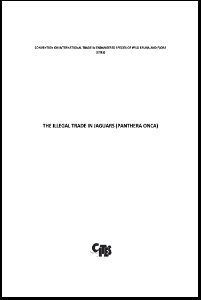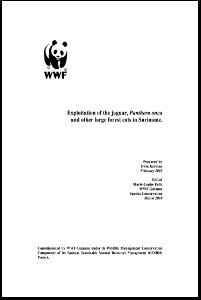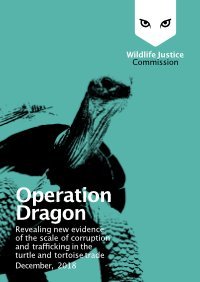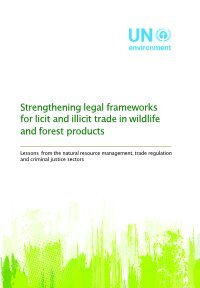By Michael Dawes
This thesis analyses the economics of rhino and elephant conservation in light of the recent upsurge in poaching in Africa. Each chapter focuses on a particular component of the new poaching crisis. Chapter One examines the development of market power by poachers and the implications for how owners should use patrols to defend their rhino. A dynamic model is developed and simulated. The owner is the Stackelberg leader, investing in anti-poaching patrols to protect rhino from poaching cartels who strategically compete in a closed-loop Nash Equilibrium ‘game’. Understanding the industrial organisation of cartels is shown to be of paramount importance in designing optimal anti-poaching policy because, perversely, patrol spending works to increase strategic behaviour between cartels. Chapter Two considers whether establishing a legalised trade in rhino horn could benefit conservation. A dynamic model is formulated and simulated. It is found that, even if the institutional arrangements are robust enough to support legalised trade, the economics suggest trade is not guaranteed to improve the conservation prospects of the species. In the absence of private sector speculation, a legalised trade could be used to sustainably conserve a rhino population when extinction would otherwise occur. However, with the introduction of speculation, speculative attack on the remaining stockpile is highly profitable, leading to extinction of the species. Chapter Three determines the consequences of increasingly fragmented conservation policy. A new panel of elephant census data for 1,262 reserves across 37 countries in Africa is used to examine the effect of varying anti-poaching policy across borders. An international border is found to result in an elephant population up to 2.5 times smaller than a reserve without a border. In addition, evidence that poachers arbitrage across reserves is found. The policy consequence is clear: as populations become increasingly fragmented, transfrontier conservation policy becomes more important.
Oxford, UK: St Hugh’s College, University of Oxford, 2018. 186p.





